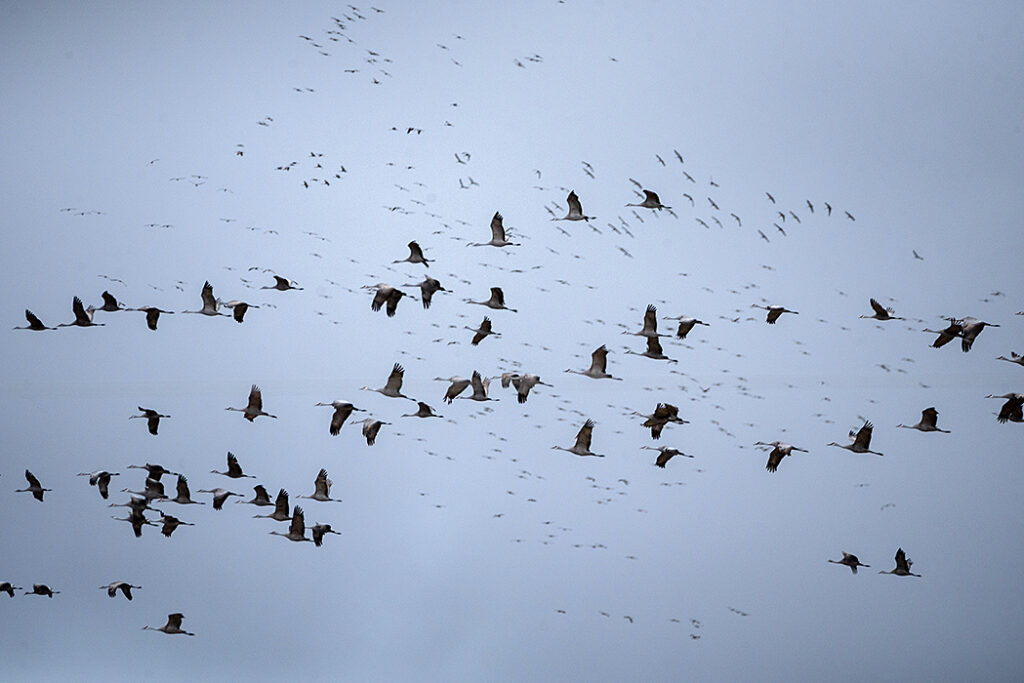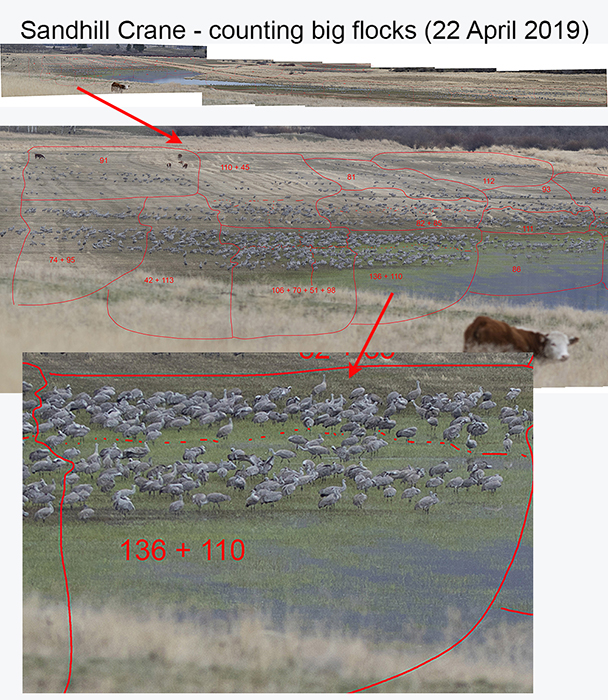The Nicola Naturalist Society and the Kamloops Naturalist Club are the joint custodians of the Douglas Lake Plateau Important Bird & Biodiversity Area (IBA), which is being considered as a key Biodiversity Area (KBA). Our club monitors the southern half of the IBA/KBA. For both designations, the numbers of Sandhill Cranes using the area as a migratory stopover are important considerations. The original IBA was established in 1995 primarily because of its importance for migrating Sandhill Cranes. For more than a decade our club has made spring field trips to check on the cranes as they stop off on their northward migration.

Here are some links to our data and photos of Sandhill Cranes in the southern portion of the Douglas Lake Plateau.
Sandhill Crane 2024 surveys and progress report
Sandhill Crane outing April 2022
Sandhill Crane outings – April 2021
Sandhill Crane monitoring in the Douglas Lake Plateau
Sandhill Cranes migrating through Douglas Lake Plateau grasslands – April 2013

Part of the flock of almost 1500 Sandhill Cranes on the wetland near Chapperon Lake, Douglas Lake Ranch. 17 April 2021. Photo: © Alan Burger
So how does one estimate the numbers when there are several thousand cranes on the ground at the same time? Here is an example from a day when there were over 7,000 cranes in one area.

Counting cranes on 22 April 2019 at Douglas Lake Ranch “Big Meadow”. This is a low-resolution copy of the high-resolution photos used in the actual count.
Step 1 is to take a series of high resolution photos with a telephoto covering all the cranes. Then these photos are stitched together in Photoshop to make a very large panorama file. The next step is to draw lines to break up the flocks into smaller units that can be counted more easily. Then, with the section to be counted enlarged, count the cranes. Add the numbers from all the sections together. There are always some that are not visible in photos so our counts are always slightly underestimating the actual numbers.

